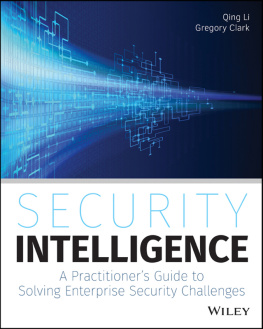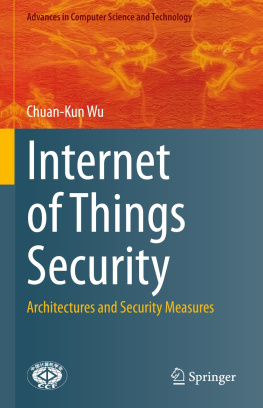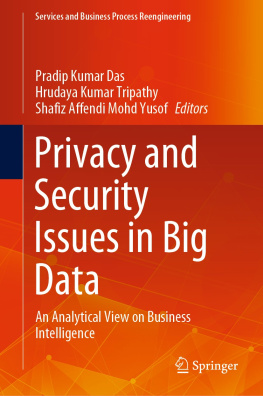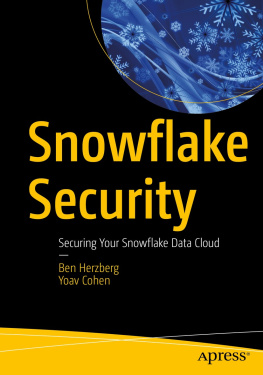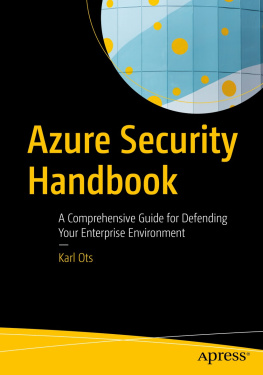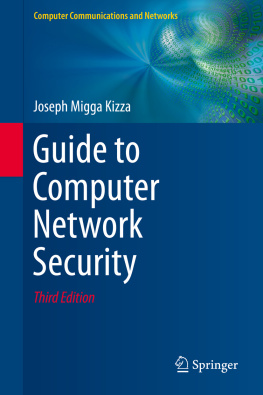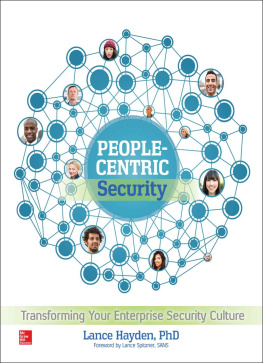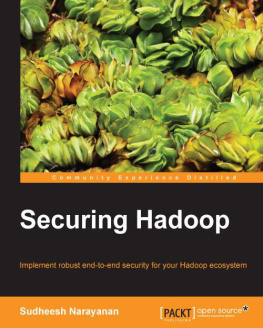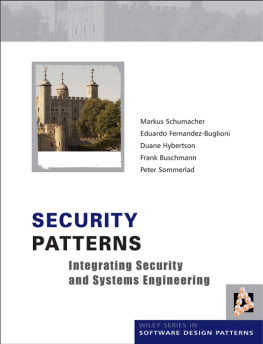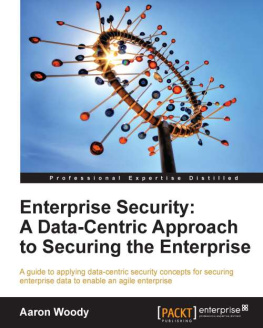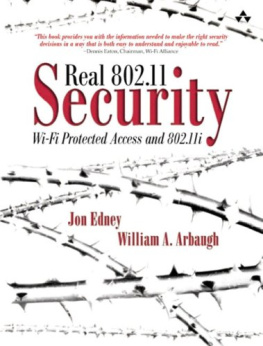
Foreword
It is difficult to unlearn something that was once considered fact; its against human nature. But unlearning and then reimagining is where we find ourselves in the field of information security today. Think about the changes in how we use technology that have happened over the past decade: the unbounded mobility of workers, the adoption of cloud services, and the rise of nation-state hackers, hacktivists bent on destruction, and cyber-criminal organizations that are run like efficient corporations. These shifts are reshaping our profession daily and challenging yesterdays best practices.
When I began teaching at Columbia University in the mid-2000s, the term hacking conjured up images of disaffected teenagers for most people. How quickly that association has changed. The professionalization of hacking has led to massive loss of intellectual property and the theft of countless personal records. It has destroyed companies, threatened nations, and thrust security into the consciousness of people who would otherwise not be concerned with technology.
So where does a modern security practitioner become grounded in the realities of todays security? This book is a great place to start. Qing Li and Greg Clark have both left a permanent stamp on the security industry and continue to help some of the biggest organizations in the world to protect themselves. This book is a great resource for security professionals and cyber warriors, as Qing and Greg share the knowledge they have accumulated from building products that protect more than eighty percent of the Fortune 500 corporations around the world.
As the chairman of the worlds largest security conference, and an academic and practitioner, I can tell you there has never been a more important time for you to read this book. Think of it as a primer for security in modern times, against modern adversaries. What I have always admired about Qing and Greg is that they are grounded in the practical. This is a book that doesnt speak in absolutesit respects the dynamic nature of information security. It tackles the hard topics like malnet detection, application intelligence, and retrospective analysis. It examines the design of a system that can protect modern endpoints, which can be anything from workstations, laptops, phones, and tablets to smart refrigerators, power meters, and yet-to-be-conceived devices in the Internet of Things. It also exposes the power of what is still one of the most important weapons we have in the fight against attackers: the security proxy.
If you are new to information security, this book is a terrific modern primer. If you have been in security for a while, you must approach this book with a simple truth in mind: our industry is having to reinvent itself in the face of modern attacks. Eight-character passwords and a defined network perimeter are a part of our industrys past, not its present or future. Come with an open mind and allow Qing and Greg to reintroduce you to tools you thought you knew in the context of todays sophisticated attacks.
In this new era of security, the authors will take you into the world of malware distribution networks and show you how they play a central role in attacks. Youll also learn how modern techniques like sandboxing, security analytics, and fine-grained application controls can be wielded to protect a modern enterprise.
Information sharing is essential for todays security professional. The content in this book can help invigorate thought on how to build better security solutions. It can also help you come up with more relevant questions to ask in areas where you want to attain clarity.
When security is done right, it is not about lockdown and fear. It is about opening possibilities and liberating business instead of stifling it. In that way, this is a very hopeful book, and I hope you will enjoy reading it as much as I have.
Hugh Thompson, Ph.D.
Los Gatos, CA
December 2014
Preface
The digitization of a prodigious amount of information is intensifying, from health care records and educational backgrounds, to employment history, credit reports, and financial statements. Words like eBilling, eStatements, and paperless transactions have become part of our everyday language. The ever-increasing ability to retrieve this digital information online, combined with both the unremitting compilation of such information to extrapolate personal traits and behavior and the explosion of convenient venues for accessing the Internet, should encourage questions in curious minds: Just how vulnerable are we to threats against personal privacy? and Who is at liberty to scrutinize the vast amounts of private data?
In recent years, the rapid growth of high-bandwidth network infrastructures accompanied by a dramatic reduction in storage costs serve as the catalysts in the construction and commercialization of various cloud-based services, which are offered to both institutions and individuals. These cloud-based services range from personal online backup storage, content-sharing, and collaboration tools to customer relations management (CRM). These services are easily attainable with affordable prices that will only invigorate adoption and proliferation. Naturally, for security-conscious minds, questions arise as to how penetrable these services are by nefarious entities and, when compromised, how limited in scope the resulting damages will be from a specific breach incurred on the cloud community as a whole.
Utility companies, power plants, air traffic control systems, public transit systems, and others are predominately under digital control. Media coverage of specific cyber-attacks that have targeted these critical infrastructures indicates that the frequency of the attacks is escalating and with rapidly evolving sophistication, and these attacks are incurring more severe damages on their targets. These stories may include enticing details that are suspenseful and entertaining; however, failure to detect, defend, and remediate these threats will effect monetary catastrophe and endanger the population with unimaginable consequences. So, what mechanisms have been contrived to entrap offenders before they assail us under a camouflage of bit streams?
Branches of government and the armed forces restrict information flow and closely inspect each individuals cyber activities. Similarly, organizations such as health care providers, insurance companies, and financial institutions must comply with certain industry rules and regulations. Many sumptuary laws require exhaustive access logging and retrospective analysis. Mining this voluminous data into a structured representation demands interdisciplinary expertise, through a process that sanitizes the raw data, sieves out the relevant subsets, transforms and normalizes the selection, and applies analytics to seek out patterns. Data mining and analytics are critical components of the security envelope. The flexibility and diversity of queries that can be issued against the extracted knowledge measure the quality of the data mining approach. In the security context, the length of time taken to excavate data determines how quickly active threats can be divulged, imminent attacks revealed, and felicitous resolutions conjured in response, instead of reacting with extemporary and ineffective countermeasures.
Security implementation and enforcement begins with us thinking in terms of the end goals. These goals must be expressible in plain language. For example, the thoughts of the CIO of a large enterprise may be as follows:
- When Bob accesses Dropbox, I want to prevent him from uploading any files but permit him to download content from his account between 8 a.m. and 5 p.m., at a rate of no more than 256 Kbps. Bob is not allowed to upload files because he is new to the company and is under a three-month probation period. However, he does have access to sensitive marketing information, and I want to prevent him from sharing such information externally. Bob has permission to download files from Dropbox because his manager utilizes Dropbox for file sharing across a distributed team. Because Dropbox is Bobs main online application, I want to limit Bobs network bandwidth utilization so that Dropbox does not over-consume available network resources.
Next page
